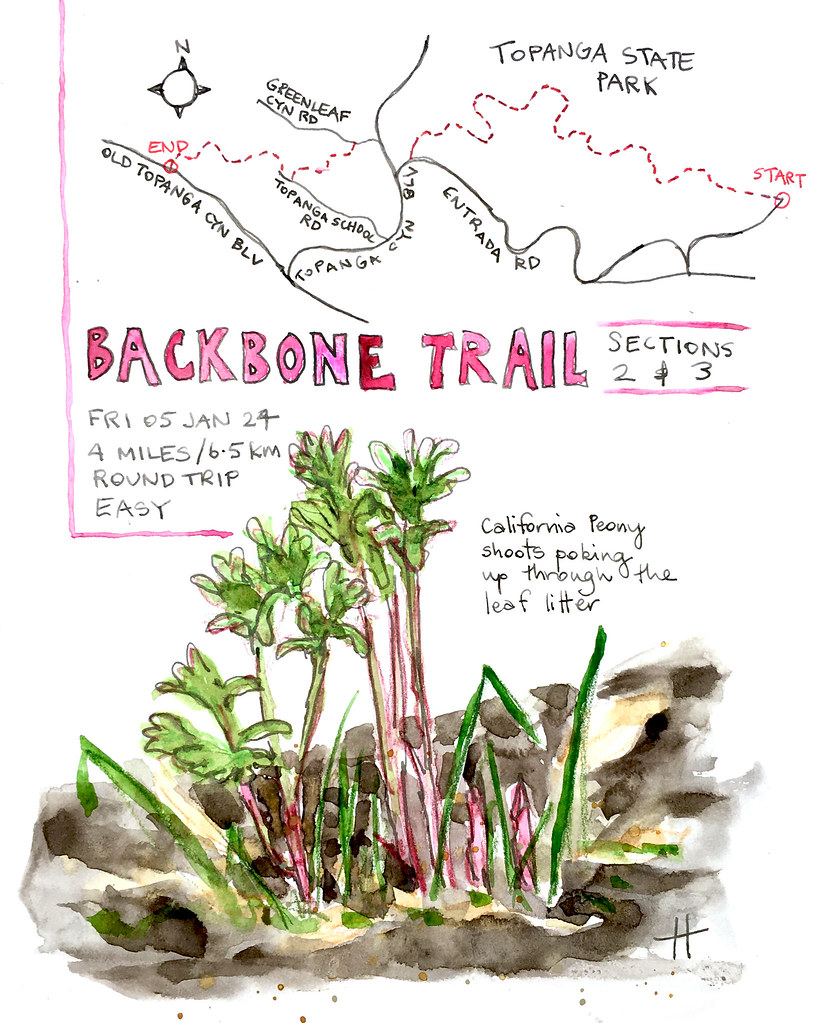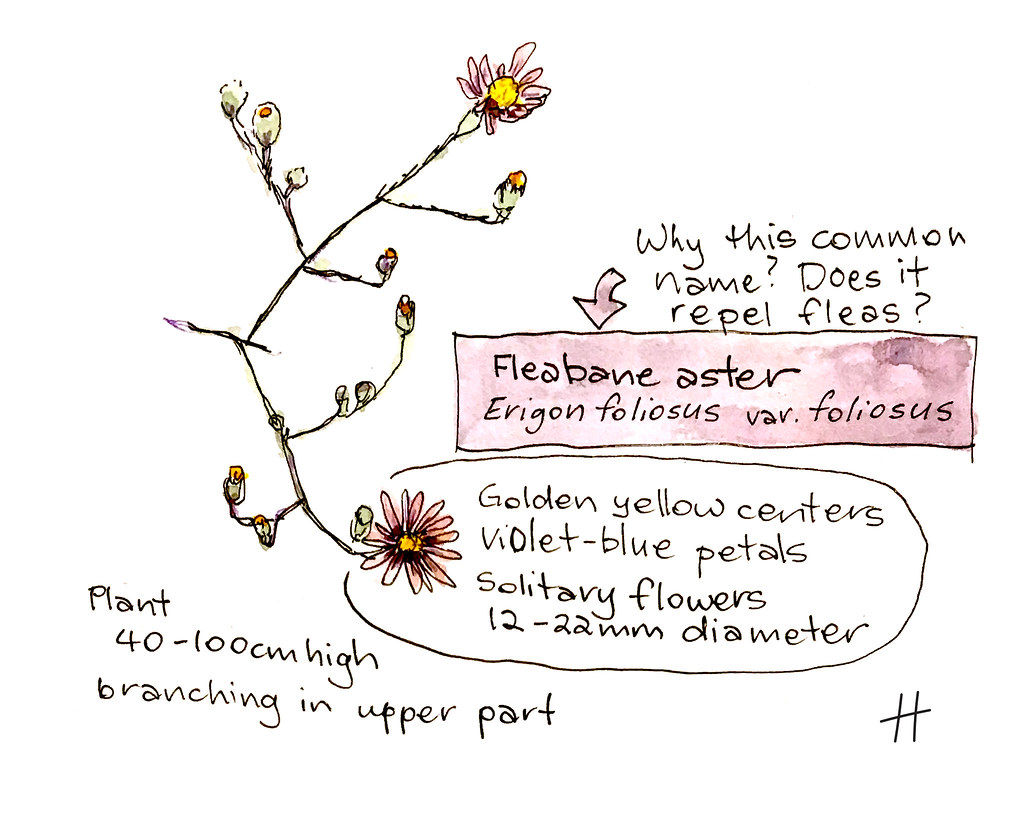
This week in the PerpJo—according to Milt McCauley (Wildflowers of the Santa Monica Mountains), two species of the Broomrape family are native to the SMM, but very rare. Clustered broomrape (Aphyllon franciscanum) is found in chaparral and coastal sage scrub. It has fleshy stems 2 to 8 inches (5 to 20 cm) high, covered with soft hairs, and bell-shaped flowers 1 to 4 inches (2.5 to 10 cm) long. Broomrape is parasitic on the roots of other plants like chamise, sagebrush and buckwheat.
Big thanks to Annette for spotting this rarity. Actually, she also spied the horned lizard this week last year. I’ll have to be sure to hike with her in week 16 next year too. Who knows what she will find for us then!









